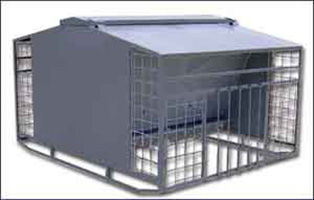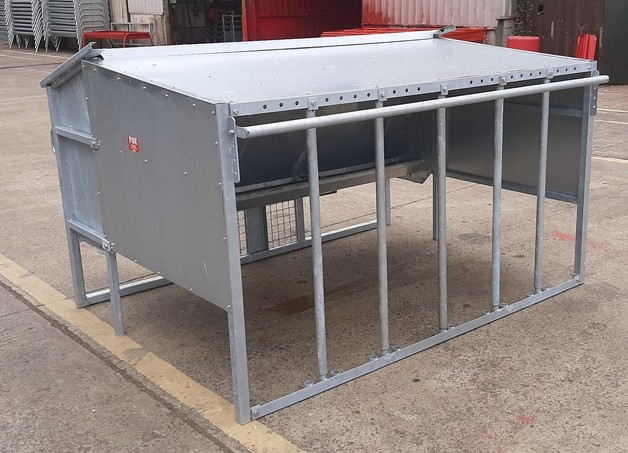

Several different types of cattle feed are available. What Are the Different Types of Cattle Feed? As a result, they will also be able to maintain and, under some circumstances, even increase their stored energy reserves. It’s even possible to increase their production if you keep their foraging high. In most cases, high body condition cows require no supplemental feed to stay healthy. “fleshy”): Fleshy cows have the highest amount of fat.

Sometimes they need no supplemental feed at all. Moderate Body Condition: Cattle with moderate body condition will need less supplemental feed.Low Body Condition: Low body condition equals low fat, and cows with low-fat levels have a significantly increased need for supplemental feed.There are three different condition types that all create different nutritional needs that you should know about: Why is body condition important here? Because it affects both cow and calf performance. Most cattle fall in the middle of this range, eating between 2.0% and 2.5% of their body weight in a single day.Ĭow body condition scoring is an easy and low-cost way to determine the body fat percentage of a cow. Cattle eat between 1.5% and 3.0% of their body weight in feed per day. Low-quality forage conditions in late summerĭon’t know the daily requirements for beef cattle? Here’s an easy rule of thumb. In short, when the forage is depleted and they eat less of it, the need to give your cattle supplemental feed increases dramatically. If the forage your cows have access to is low-quality, the amount they will be able to eat also drops significantly.

Low-quality forage is defined as forage that contains less than 7% crude protein (CP) and has lower than 50% total digestible nutrients (TDN).

Protein and nutrient deficiencies are the other main reasons your herd may need supplemental feed. At some point, supplementing with feed becomes unavoidable, even if you’ve reduced the number of animals in your herd. But as the weather gets colder or the drought worsens, the opportunity to graze slowly decreases, the quality of your cattle’s diet will suffer. You could simply reduce the number of cows in your herd, which would immediately reduce the amount of supplemental feeding the remaining cows require. You should take action right away if you know that your herd’s grazing will be limited. With insufficient forage, cattle need feed. The quantity of forage available to your herd is paramount to their health and longevity. It’s both a quantity issue and a quality issue. When Do Cattle Need Supplementary Feed?Īs we’ve seen, various factors affect the nutrients and energy found in pasture grasses and hay. That’s why cattle need supplemental feed. In short, while your herd does get some nutrients and energy from grasses and hay, it’s often not enough. In fact, this lack of grazing time is in most cases a more significant cause of your cattle’s insufficient energy consumption than the low-quality winter pasture grass. The harsh weather also causes cows to graze far less. The problem is that several factors affect the protein and energy content of grass and hay, which change depending on the season and the sun.įor example, summer pasture grasses are high in protein at the beginning of the summer, but the protein content declines rapidly towards the middle of the summer.ĭuring a drought or in the winter, pasture grass is severely lacking in energy (calories). In a perfect world, this rotation-grass in the growing season and hay through the fall and winter-would be enough. During the late fall and through the winter cattle are fed hay. During the spring and summer, when the grass grows plentifully, beef cattle eat more pasture grasses. Most of a cow’s life is spent eating grasses and hay. Some require more feed and some need feed that provides more (or less) nutrients than others. Some cattle are easier to feed than others. In this article, we’re talking specifically about beef cattle (a.k.a. If you have these questions too, then read on. What they need is straightforward advice about what to feed their cattle, when, and why. Cattle owners come to us every day needing simple, actionable advice about the different types of cattle feed that are available.


 0 kommentar(er)
0 kommentar(er)
